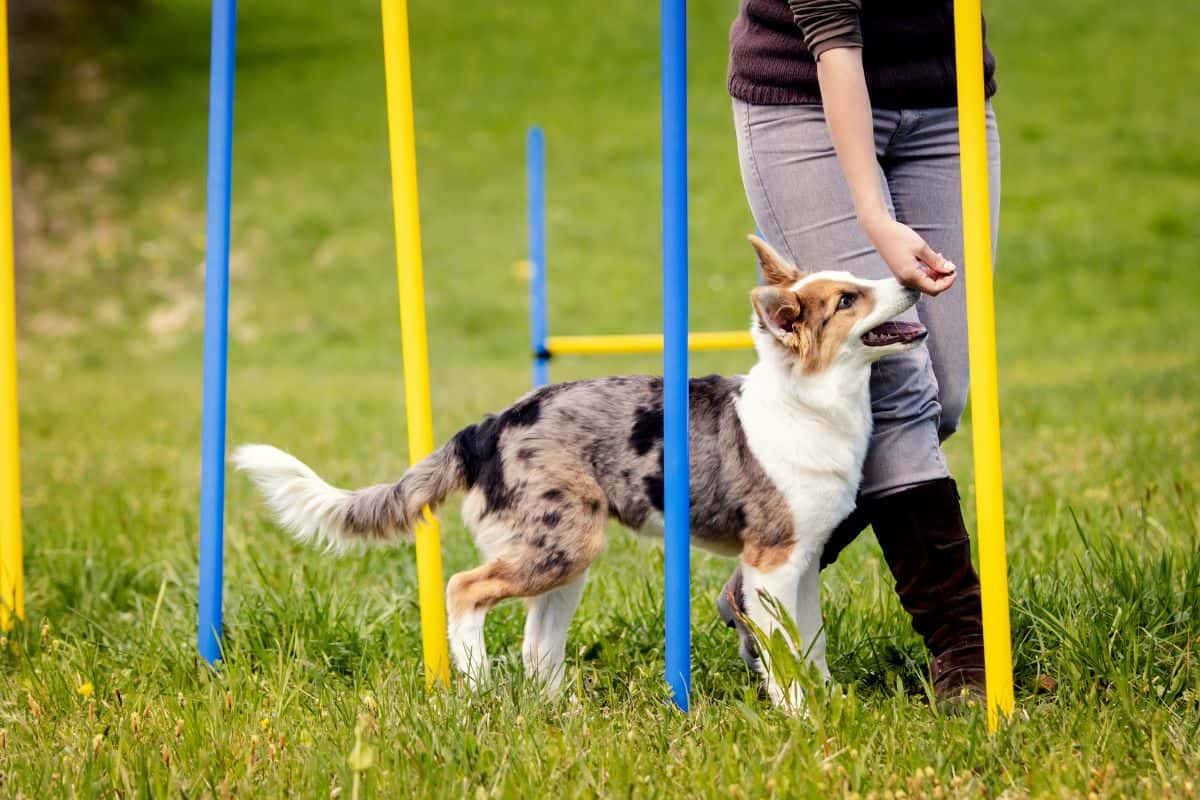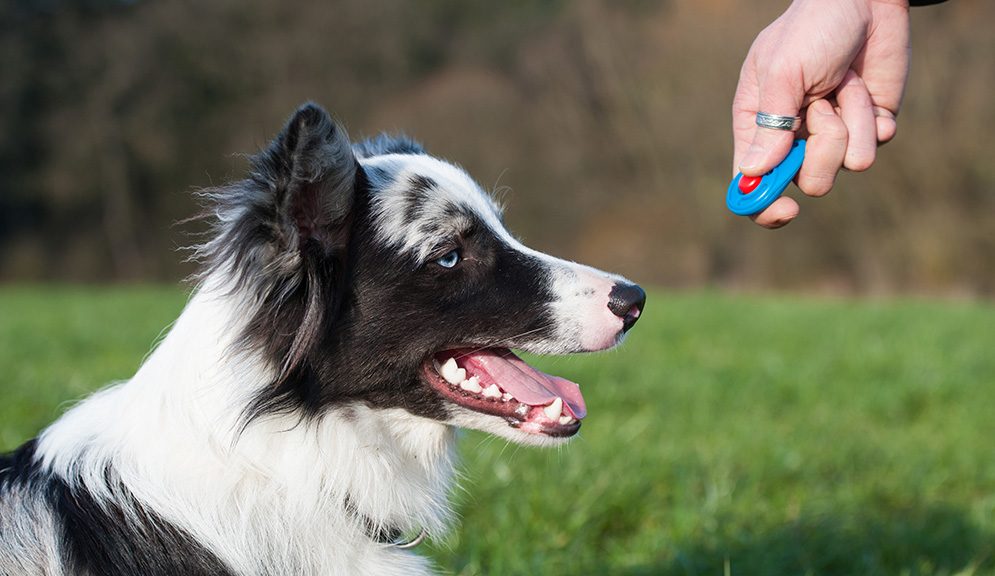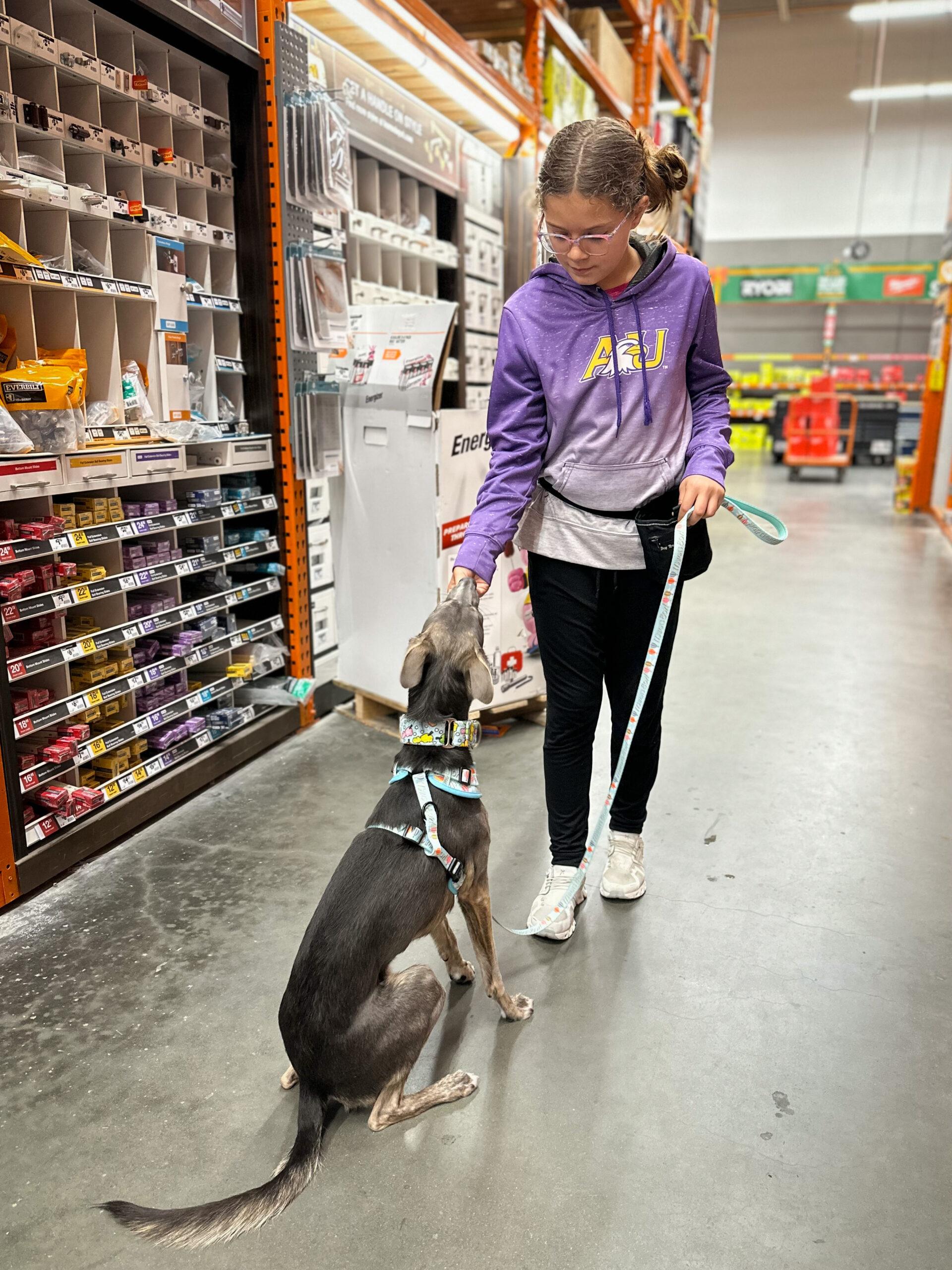Just How to Include Games right into Your Dog Training Routine
Just How to Include Games right into Your Dog Training Routine
Blog Article
Essential Tips for Successful Dog Training: An Overview for Pet Dog Owners
Effective dog training is a complex process that calls for a strategic approach tailored to both the pet dog's personality and the owner's purposes. Understanding just how to browse these challenges can substantially improve the training experience, eventually transforming the partnership between proprietor and pet dog.
Understanding Canine Habits
Understanding dog habits is essential for efficient training and promoting a harmonious partnership between canines and their owners. dog training. Pet dogs connect mainly with body language, articulations, and activities, making it essential for owners to interpret these signals precisely.

Socialization plays a considerable duty in dog behavior; direct exposure to numerous settings, people, and other animals can considerably impact a dog's temperament. Aspects such as breed attributes and private character ought to guide training approaches, as some types might have particular behavioral attributes that require tailored methods. By understanding these components, owners can develop a supportive environment that urges favorable behavior, bring about successful training results and a much deeper bond with their pet dogs.
Developing Consistent Commands
Efficient interaction with your pet begins with developing constant commands. This fundamental element of training is crucial for fostering understanding in between you and your pet. Uniformity in the commands you use makes sure that your canine can accurately connect details words or phrases with the desired behaviors.
When choosing commands, pick clear, unique words that are very easy to say and differentiate from each other. Stay clear of utilizing similar-sounding commands that may puzzle your pet. For example, utilizing "rest" and "stay" is proper, however "rest" and "hit" could bring about misconceptions.
In addition, preserve the very same tone and quantity for each command. Canines are delicate to vocal hints, so differing your tone can develop complication.
It is similarly crucial to make sure that all relative are on the same page concerning the commands used. A united front in command use will certainly stop combined signals and strengthen the discovering process.
Positive Support Techniques
The power of favorable reinforcement in pet dog training hinges on its capability to motivate wanted behaviors with incentives and appreciation. This method is based in the concept that behaviors adhered to by desirable end results are more probable to be repeated. By integrating positive support right into your training program, you can efficiently form your canine's habits in a positive way.
To execute favorable reinforcement, it's important to identify what motivates your canine, whether it be treats, toys, or verbal appreciation. When your pet does a preferred action, such as resting on command, promptly reward them with a reward or love. This organization in between the command and the positive end result strengthens their understanding.
It's essential to timing the rewards correctly; delivering the reinforcement within seconds of the webpage desired actions helps your pet dog make the link (dog training). Additionally, consistency is essential-- make sure that all member of the family make use of the very same commands and reward systems to stay clear of complication

Slowly, you can decrease the regularity of treats as your canine discovers the actions, transitioning to praise or recurring rewards. This technique not just cultivates a solid bond in between you and your pet dog yet also promotes a positive discovering setting, making training a delightful experience for both.
Socialization and Interaction
Consistently exposing your pet dog to a variety of environments, people, and other animals is essential for their social advancement. Socialization ought to begin early, ideally during the vital home window of 3 to 14 weeks, when puppies are most receptive to brand-new experiences. Nevertheless, older canines can likewise take advantage of ongoing socialization initiatives.
Introduce your pet dog to different setups, such as parks, pet-friendly shops, and city locations. This direct exposure assists them adapt to numerous stimulations, reducing anxiousness and anxiety responses. Urge positive interactions with other dogs and individuals, making certain that these experiences are controlled and risk-free to promote confidence.
Make use of structured playdates find more info with genteel pet dogs, as this can improve your canine's social abilities and show them proper behavior. Obedience courses and training sessions likewise provide exceptional possibilities for socializing, allowing your pet to communicate with others in a monitored atmosphere.
Display your pet's body language throughout interactions, as this will certainly help you determine their convenience degree. Gradually boost exposure to more tough circumstances while guaranteeing that each experience declares. A well-socialized canine is more probable to show balanced actions, making them a delight to have in any type of setup.
Dealing With Usual Training Obstacles
Every pet dog owner will certainly run into training challenges at some time, no matter their canine's age or socializing degree. Identifying common problems such as stubbornness, interruptions, and fearfulness can assist in developing effective strategies for improvement.

Distractions during training sessions can derail focus. To combat this, start training in a silent atmosphere with minimal stimuli. Gradually present interruptions as the canine ends up being a lot more skillful in commands. Short, constant training sessions are also efficient in preserving interest.
Fearfulness can hinder a dog's learning procedure. Steady desensitization to the resource of concern, coupled with favorable reinforcement, can help alleviate anxiousness. Perseverance is important; never ever force a dog right into a circumstance that causes distress, as this might aggravate the problem.
Eventually, understanding and dealing with these usual difficulties with a structured method will cultivate a much more productive training experience, see it here enhancing the bond between pet dog and owner while advertising effective discovering.
Conclusion
In recap, successful pet training depends on a detailed understanding of canine behavior, the establishment of consistent commands, and the application of positive reinforcement methods. Socialization plays a critical function in developing well-adjusted family pets, while dealing with common training obstacles calls for patience and flexibility. By implementing these crucial approaches, pet proprietors can cultivate a solid bond with their canines and advertise preferable habits, inevitably leading to an unified relationship in between humans and their canine buddies.
Recognizing dog habits is important for effective training and cultivating an unified connection between dogs and their proprietors.Socializing plays a significant function in pet behavior; exposure to different atmospheres, people, and various other pets can significantly affect a pet dog's personality.The power of positive support in pet dog training exists in its capacity to encourage desired behaviors with incentives and appreciation. By incorporating positive reinforcement into your training regimen, you can successfully form your pet's actions in a constructive manner.
In summary, successful dog training counts on a detailed understanding of canine actions, the facility of regular commands, and the application of favorable reinforcement methods.
Report this page